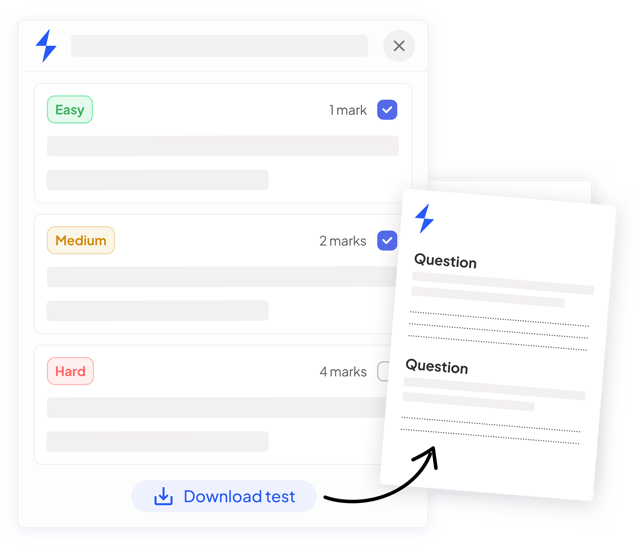Correcting Units (Edexcel International A Level (IAL) Physics): Revision Note
Exam code: YPH11
Correcting Units
In Physics, a value without its appropriate unit doesn't really mean anything
For example, 5 mm or 5 km are very different measurements
Some common units in A-level Physics are:
Common Units Table

Sometimes practical questions require identifying units that are incorrect
Learning the appropriate unit for each physical quantity in A-level physics is extremely important
Sometimes the unit can be derived from an equation for that quantity
For example, the units of the resistivity ρ can be considered from its equation
ρ =
Where:
R = resistance (Ω)
A = area (m2)
L = length (m)
Therefore:
[ρ] = =
= Ωm
Common units for measurements are:
Length = m
Area = m2
Volume = m3
Worked Example
Correct the following incorrect units:
Magnetic Flux Density = 2 Webers
Electromotive Force = 7.8 N
Capacitance = 0.3 µC
Stress = 600 m2
Answer:
The correct units are:
Magnetic Flux Density = 2 T (Tesla)
Electromotive Force = 7.8 V (Volts)
Capacitance = 0.3 µF (Micro-farads)
Stress = 600 Pa (Pascals)
Ready to test your students on this topic?
- Create exam-aligned tests in minutes
- Differentiate easily with tiered difficulty
- Trusted for all assessment types

Did this page help you?